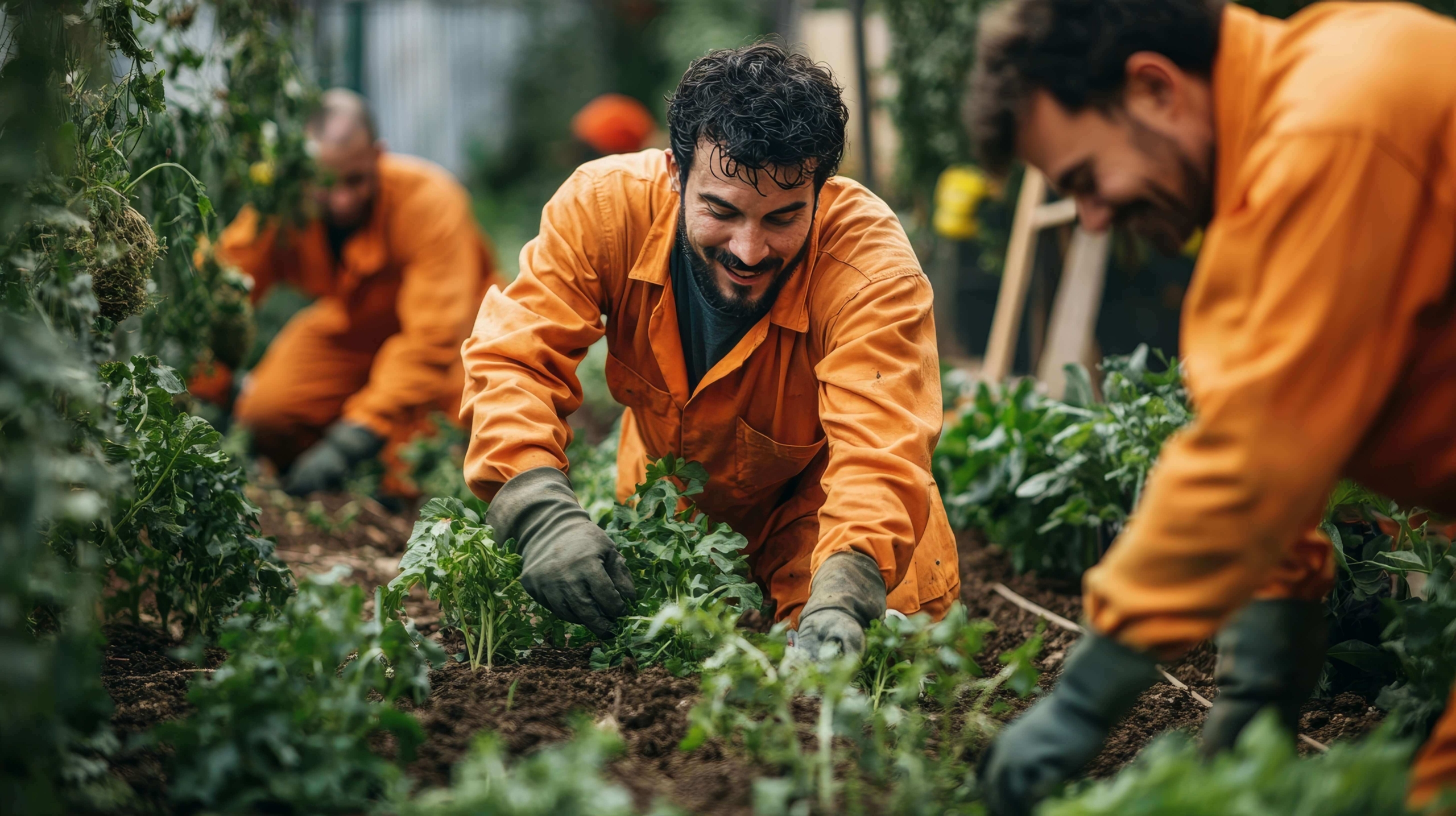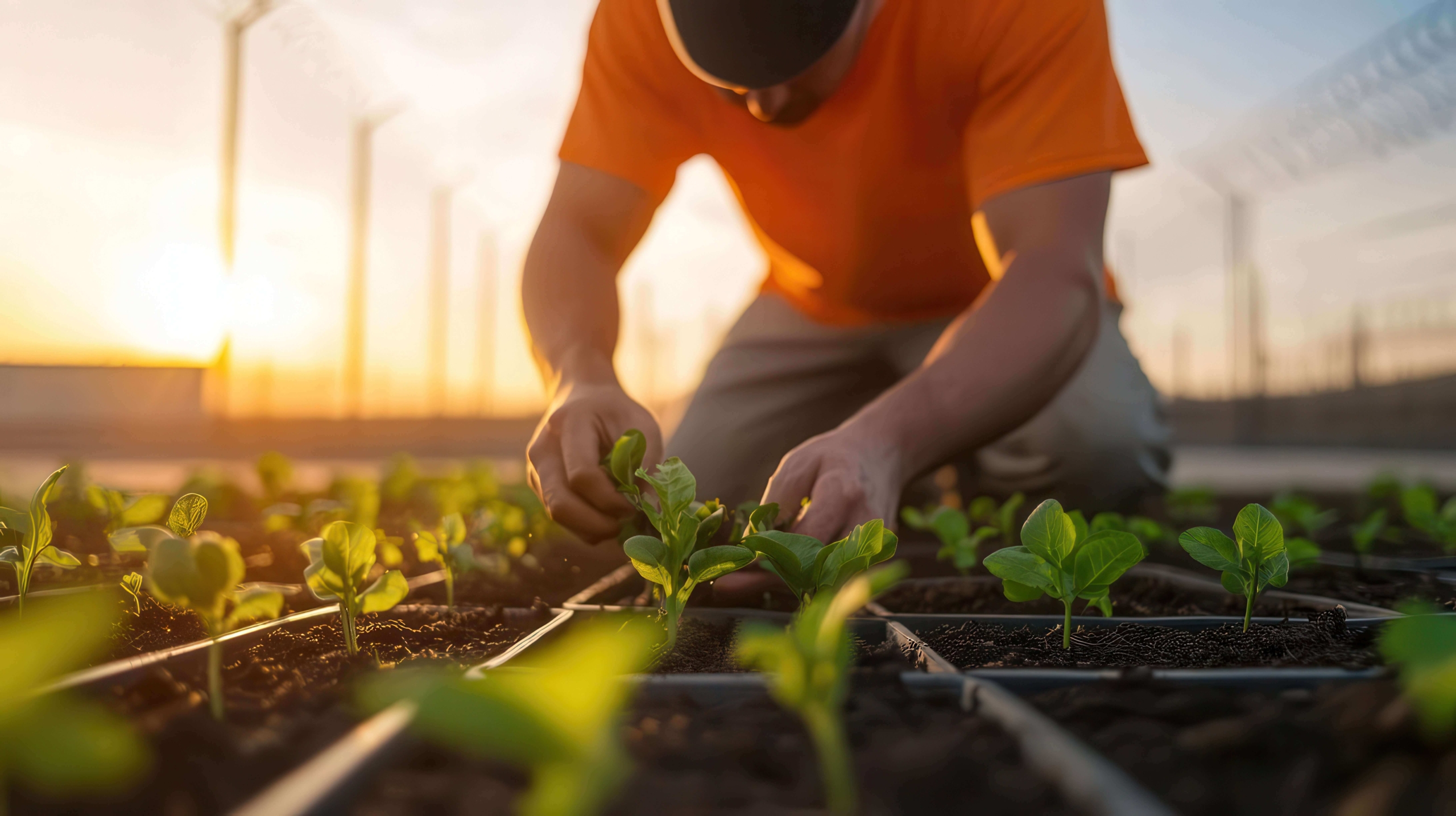
4 Innovations Reshaping Corrections Food Supply
04/30/2025
This new series will explore the groundbreaking innovations transforming the food supply in correctional facilities across the United States. These aren’t hypothetical ideas—they are real-world innovations impacting inmate health, institutional cost-efficiency, environmental sustainability, and rehabilitation.
We’re focusing on four key innovations that are reshaping correctional food systems across the country:
- Farm-to-Prison Programs: Enhancing Inmate Nutrition and Skills
- Cold Chain Logistics: Revolutionizing Food Distribution
- Innovative Supply Chain Strategies for Resilience
- Emerging Technologies in Food Safety and Traceability
Today’s post dives into Innovation #1: Farm-to-Prison Programs—and why fresh, locally grown food is more than a meal; it’s a mechanism for change.

Farm-to-Prison Programs: Enhancing Inmate Nutrition and Skills
Farm-to-prison programs are gaining momentum nationwide, championing the idea that nutritious, locally sourced food can improve inmate health, institutional performance, and community engagement.
- Nutrition: According to the World Health Organization, a diet rich in fruits and vegetables is crucial for physical and mental health, both are essential to rehabilitation—correctional systems adopting local food sourcing report improved inmate health outcomes and fewer behavior-related incidents.
- Cost Savings: Washington State’s Department of Corrections launched a local produce pilot program that led to a 20% decrease in food costs while improving the quality of inmate meals. (Washington State Legislature)
- Sustainability and Community Connection: Michigan’s Department of Corrections sources over 4 million pounds of local potatoes annually, reducing emissions from long-haul transportation and reinvesting in local agriculture. (Michigan State University)
Richard J. Donovan Correctional Facility – California
The FARM program at this San Diego facility dedicates three acres to growing produce tended by inmates, used in correctional kitchens, and donated to San Diego food banks. Inmates gain experience in agricultural production and food system operations. (Time Magazine)
Vermont Department of Corrections + Salvation Farms
This innovative partnership helps inmates process gleaned produce—surplus crops from Vermont farms—and gain vocational skills in food processing and safety. (Vermont Public)
Montana Women’s Prison
The prison invests over $60,000 annually in local foods and has developed an on-site greenhouse program that provides inmates with training in sustainable agriculture. About 30% of their food budget supports local vendors. (Smart Cities Dive)
Oregon State Correctional Institution
Inmates at OSCI grow more than 20,000 pounds of produce annually in on-site gardens and greenhouses. The facility sources 37% of its food from within Oregon, significantly increasing fresh food access while reducing procurement costs. (Smart Cities Dive)

Farm-to-prison programs go beyond nutrition—they serve as rehabilitation tools and economic stepping stones for incarcerated individuals.
- Health Impact: Research published by the Centers for Disease Control and Prevention shows that diet quality correlates with behavioral outcomes in correctional settings, reinforcing the value of nutrient-dense meals in prisons.
- Job Training: Programs like California’s FARM initiative and Vermont’s gleaning partnerships provide real-world experience in horticulture, processing, and logistics skills with high job placement potential after release. The Urban Institute reports that inmates who receive vocational training are 25% more likely to find stable employment post-release.
- Reducing Recidivism: A RAND Corporation study found that inmates who participated in education and training programs while incarcerated were 43% less likely to return to prison, showing that job readiness is a critical factor in long-term reintegration.
- Community Engagement: Many programs donate excess produce to local food banks or schools, establishing positive connections between prisons and surrounding communities.
Looking Ahead
From fresh food to fresh starts, farm-to-prison programs prove that what’s on the plate can shape what’s possible in life after incarceration.
Next time, we will explore Cold Chain Logistics: Revolutionizing Food Distribution—how advanced temperature-controlled supply chains ensure safer, fresher meals for correctional institutions nationwide.
We’d love your feedback or questions—send them to info@goodsource.com.
